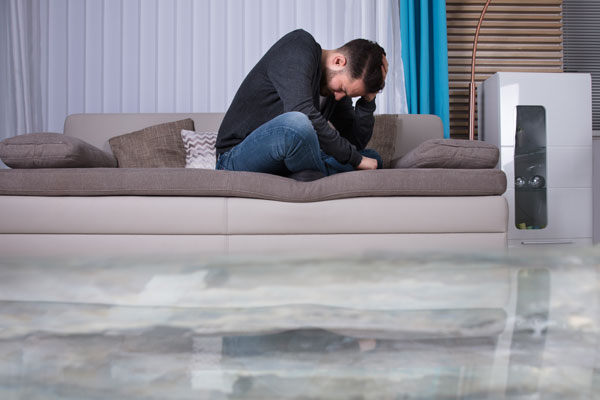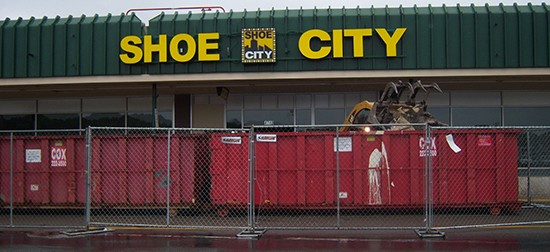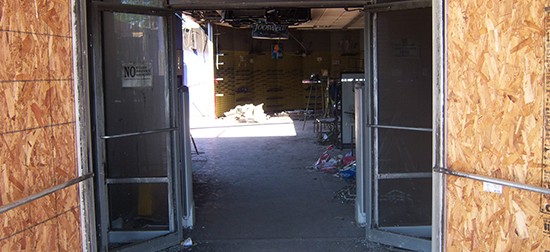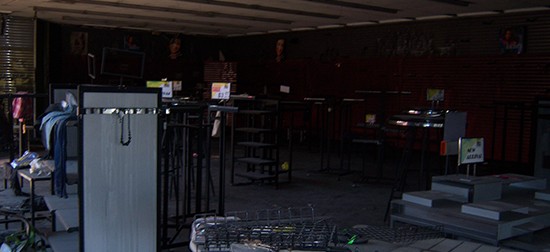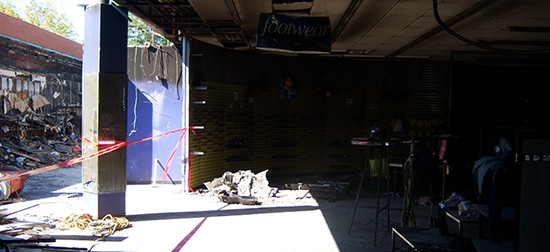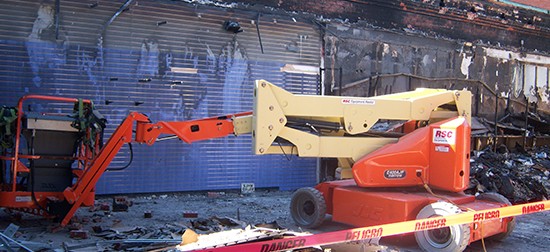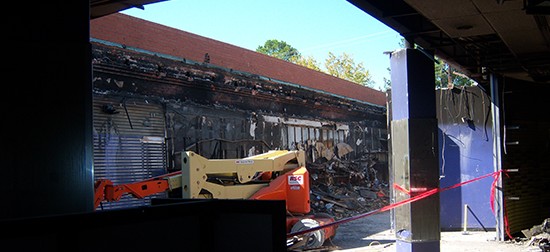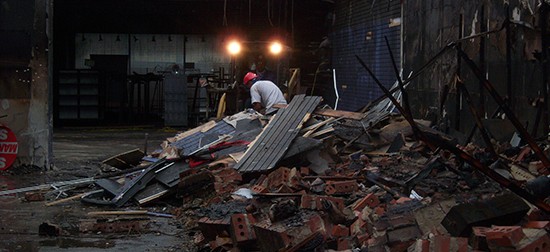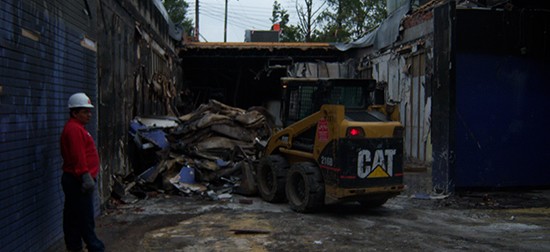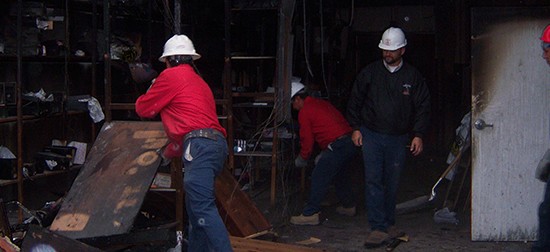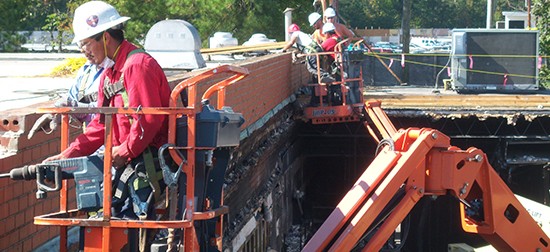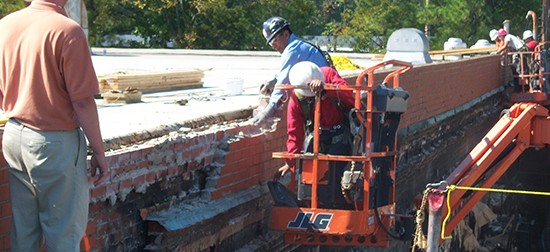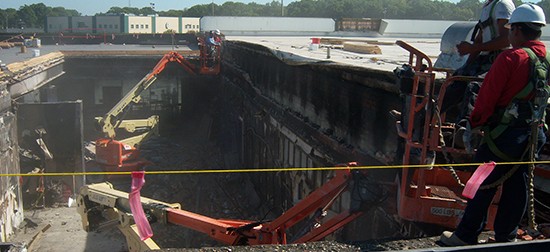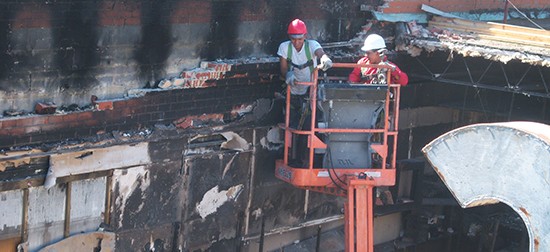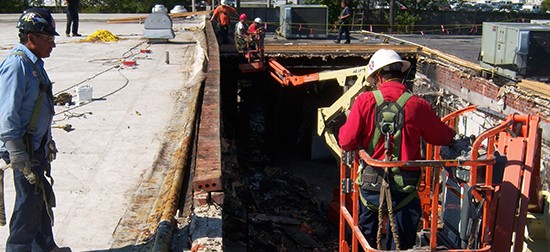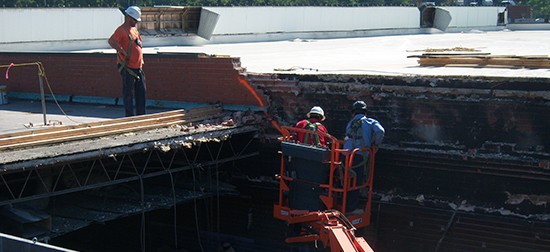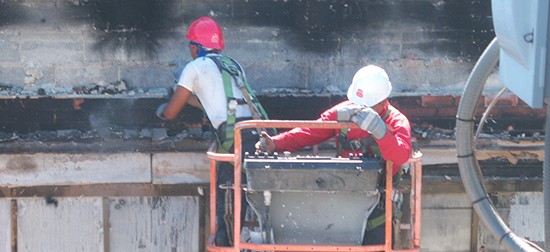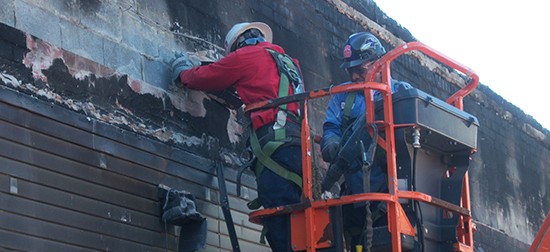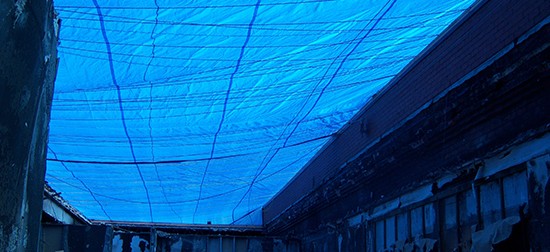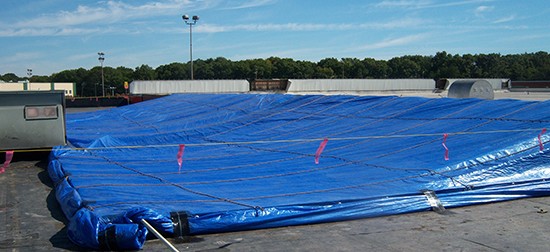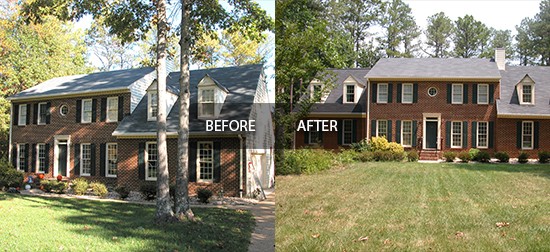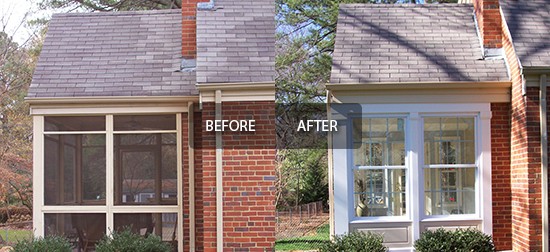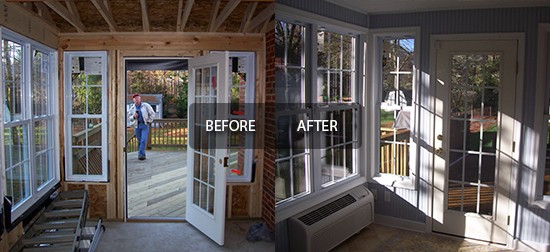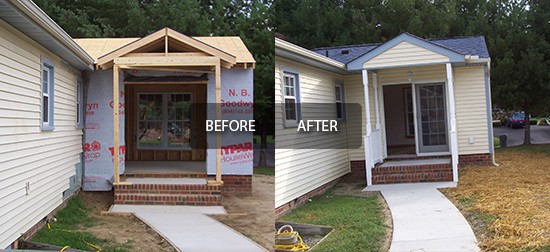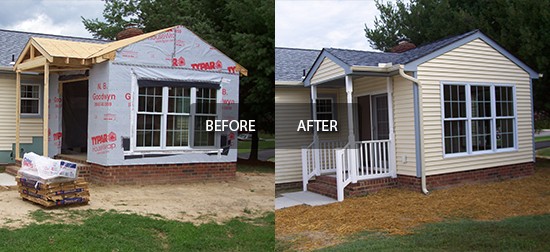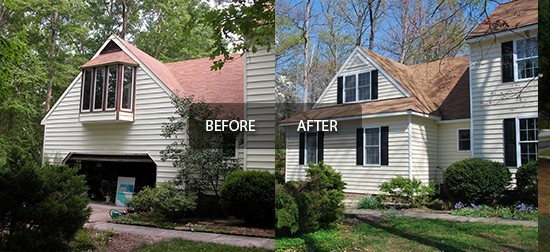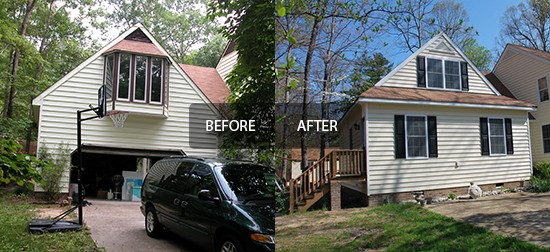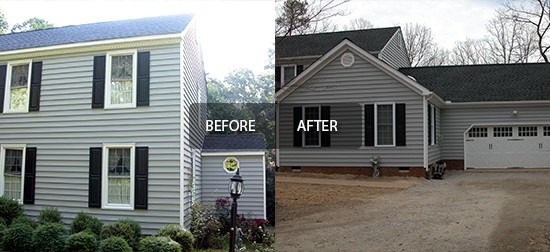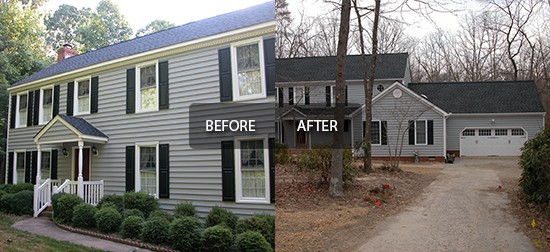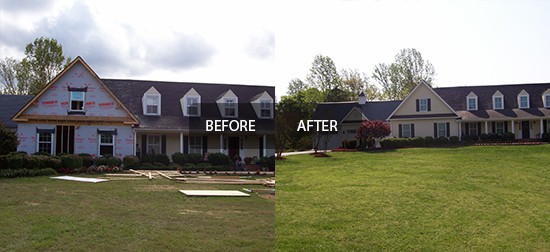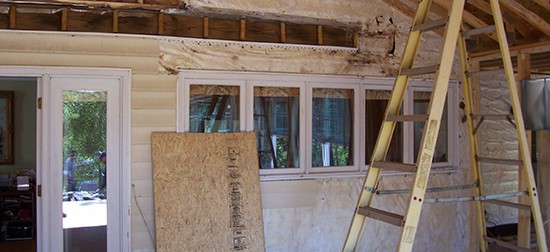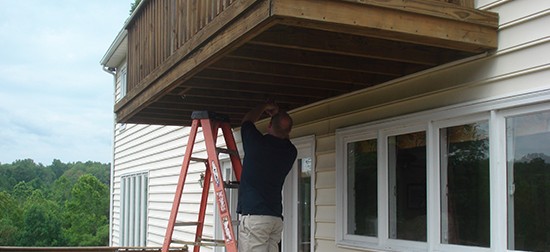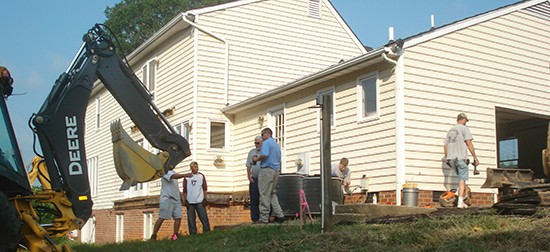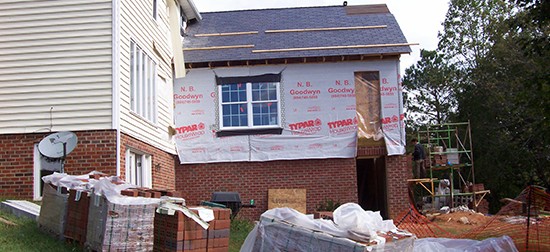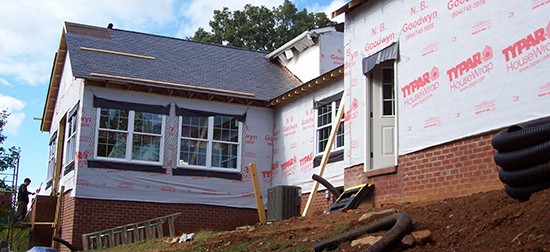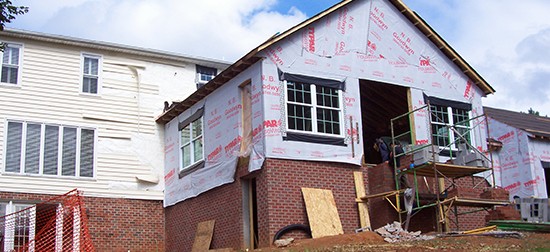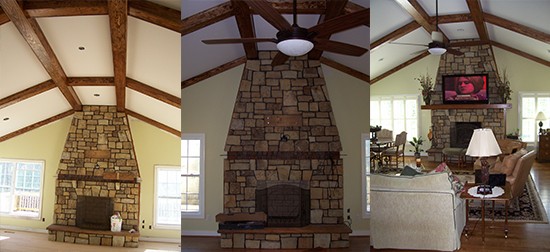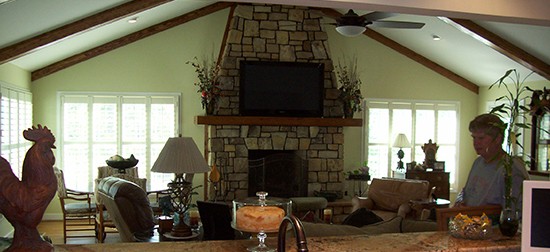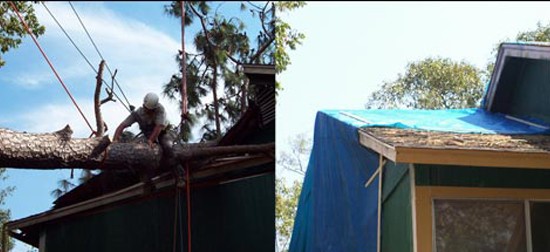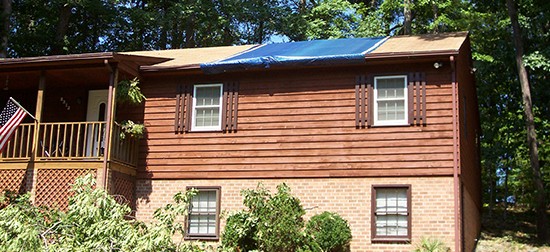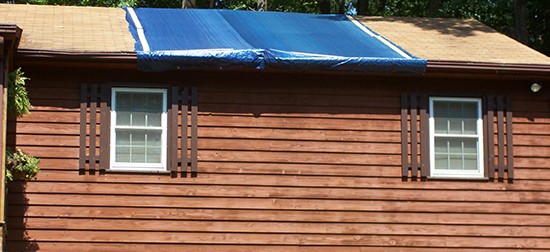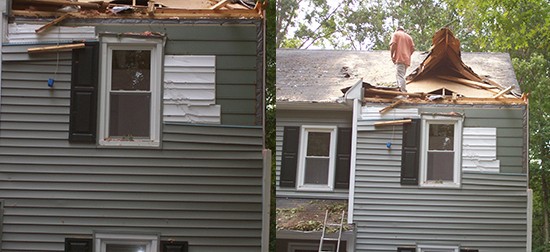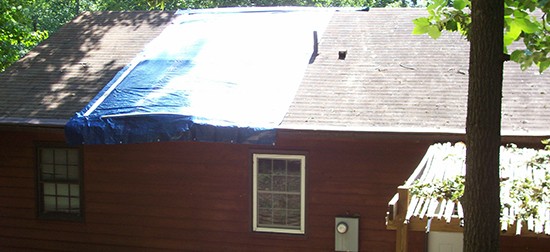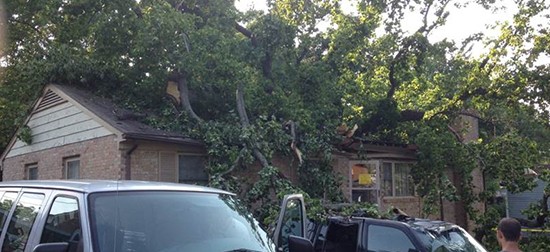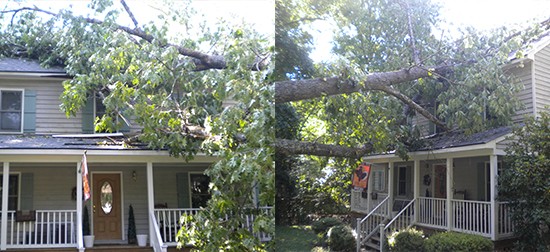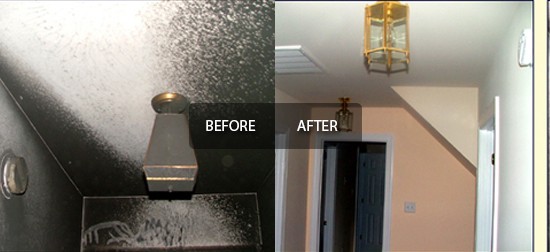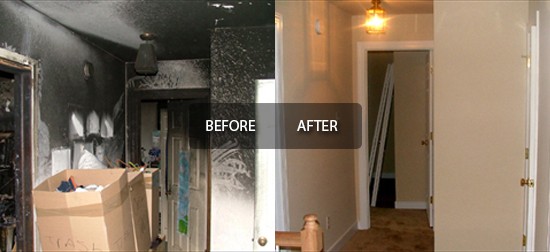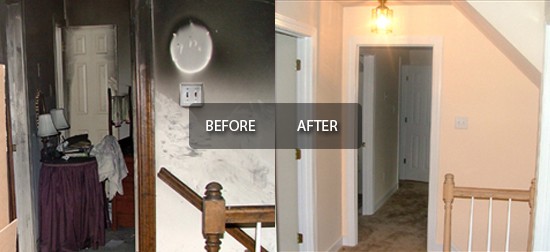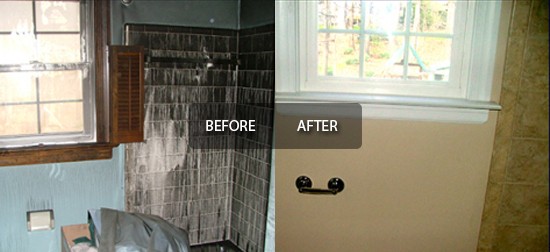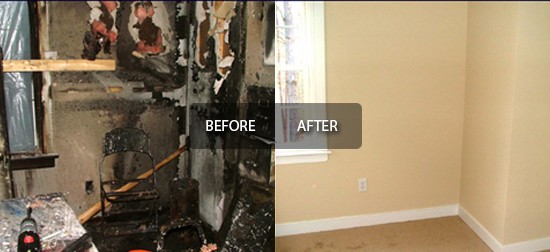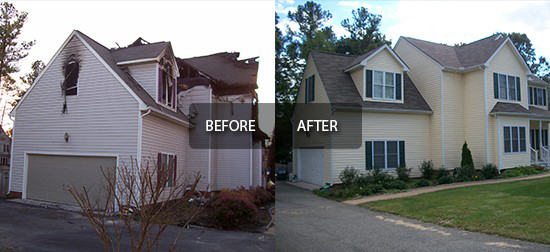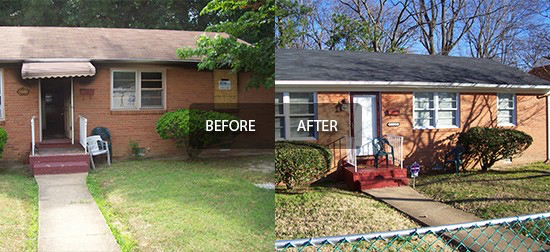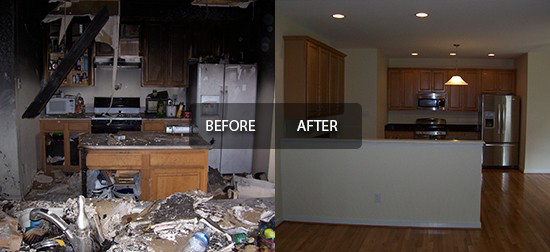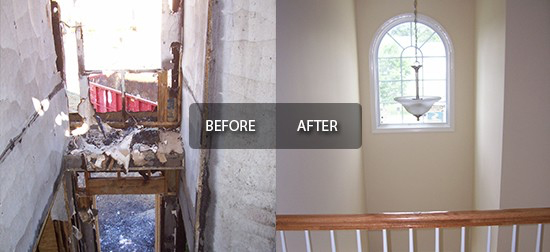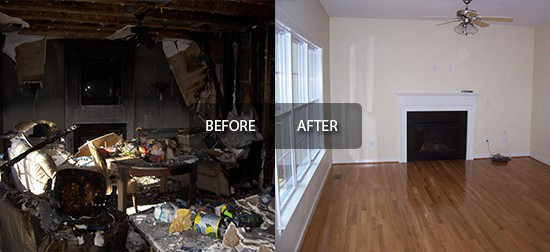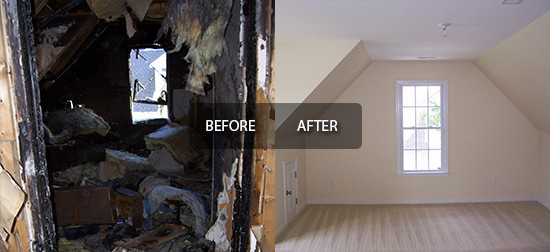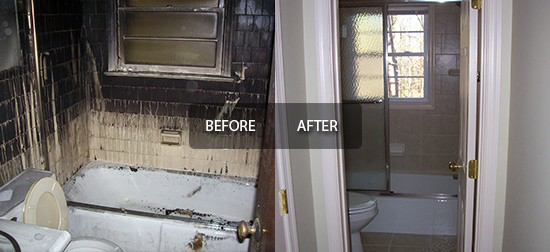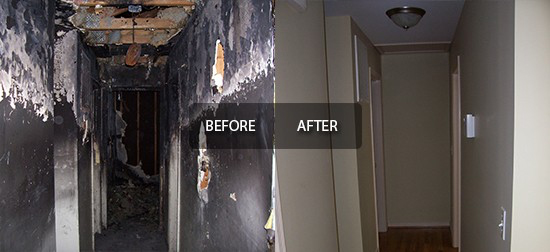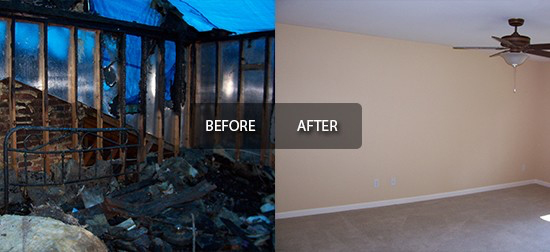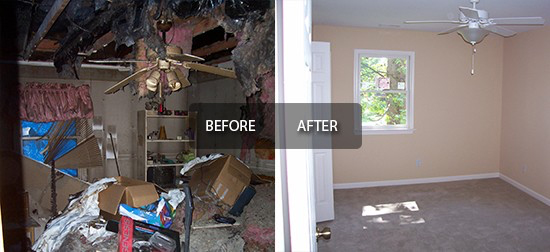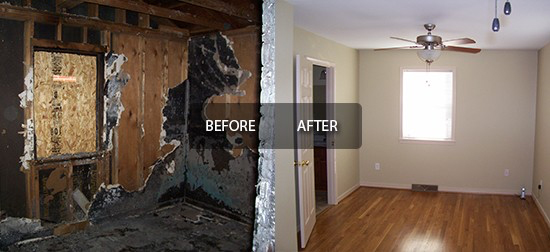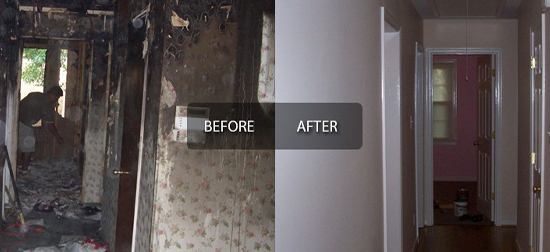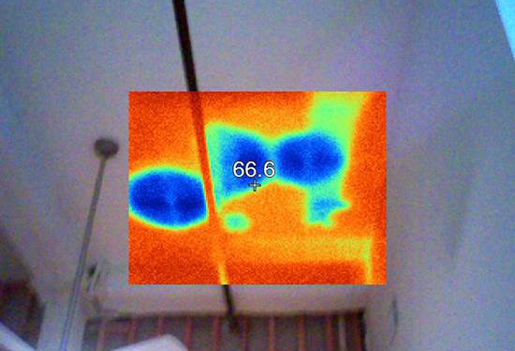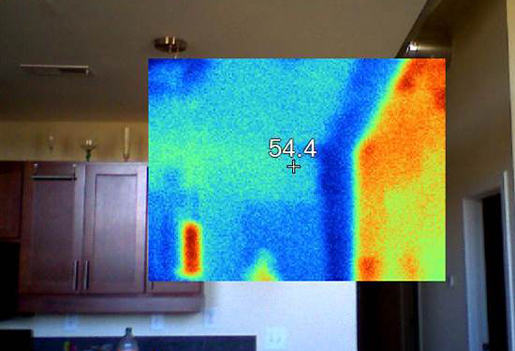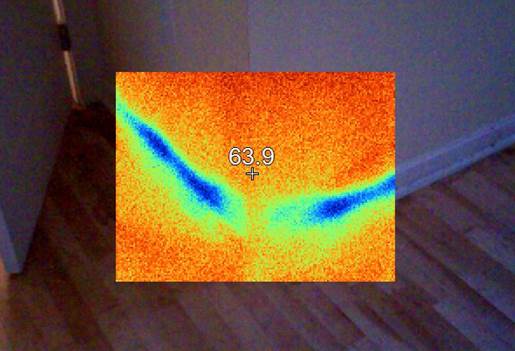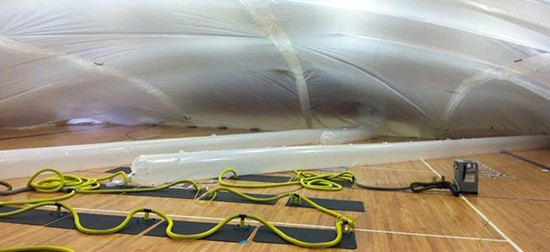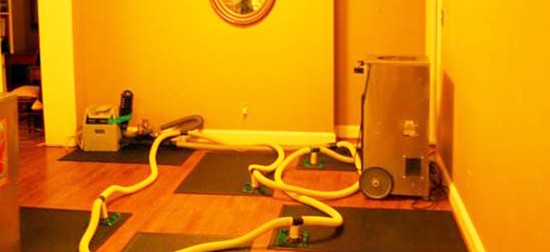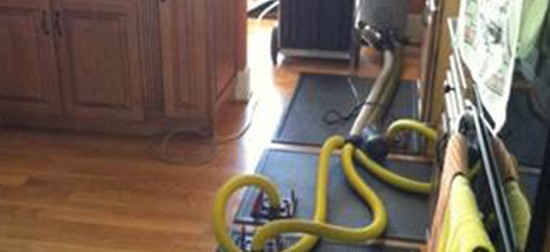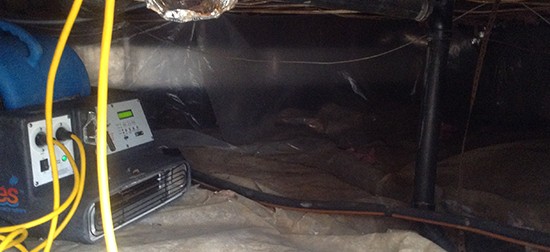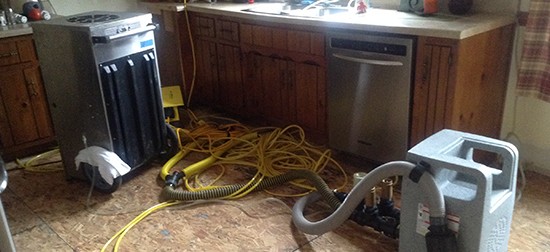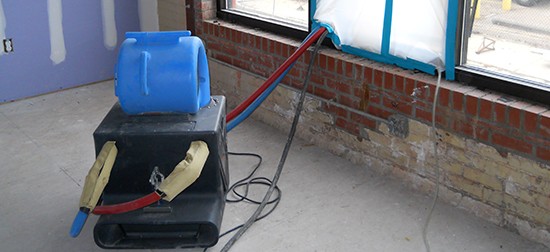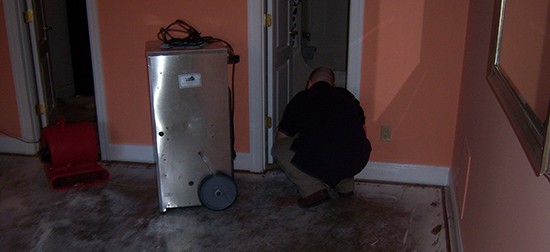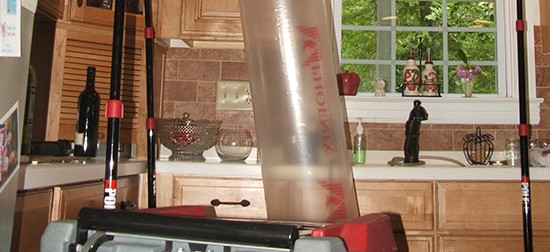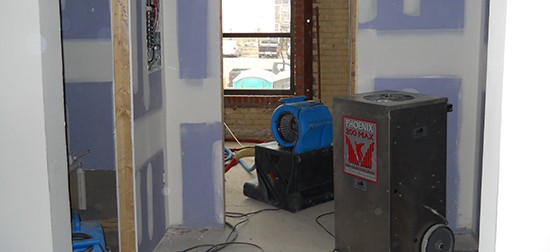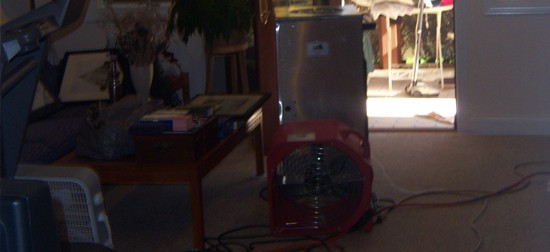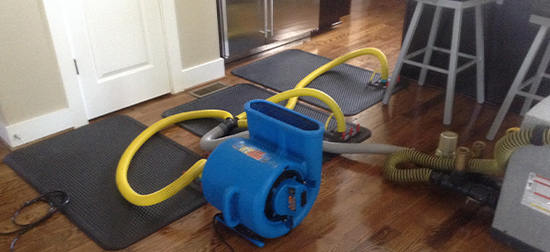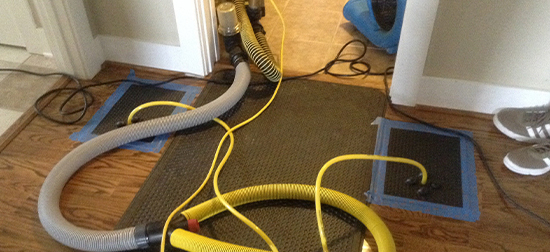Water is great for drinking and can cool you down in the summer, but you never want it sitting around in your home. Water is able to get in hidden areas and becomes problematic when you are unaware of where it is hiding and what damage it can cause.
To get rid of stray water in your home, you need to come at it from a smart angle. Before looking at how to best get rid of water in your home, let’s see what most often causes water to get into homes in the first place.
Why Would Water get In My Home?
Flooding
One issue that most often brings serious water damage into a home is any form of flooding. Flooding can occur after bad weather or random disasters that cause an excessive amount of water to come into a building where it causes damage over a period of time.
Flooding is able to become so problematic because the water removal of such large amounts of water can take time and energy to do alone. That is why dealing with floodwater should always be done with professional help. Unless you have the right equipment and skills to clean out flood water, you could be in for some serious trouble when dealing with the water.
Leaks
Water leaks are much less devastating initially than floods, but they still need to be taken seriously. Whereas floods allow large amounts of water to enter into your home from the outside, leaks in the piping are often going to come from withing and cause a smaller are of damage overall. This often catches people off guard as they think leaks are not too serious.
When leaks become serious to deal with is when you don’t know they are there and realize too late you have been dealing with them. A leak or two hidden within your home can quickly become problematic as they allow water to build up slowly over time. Not only can this water cause damage itself, but it can allow for mold to grow very easily.
Weather Issues
The last major way that water is able to get inside is when there are issues with the weather that allow water to get inside. These are not too common if your home is well-maintained and taken care of, but they can become problematic if damage is done to your roof or home in a way that allows easy access for water to get in.
Where water entry caused by weather becomes problematic is when it is paired with other issues that make the water an even bigger issue. For example, weather damage from a fallen tree will not only cause damage to your roof, but it will allow rainwater to easily get in your home and cause all sorts of damage over time.
How the Pros Get Rid of Water
When it comes to actually dealing with water damage, it is always best to leave it to a professional disaster restoration team. As we shall see, it is these experts who can get the water out faster and more effectively than any homeowner could without their help.
Look at The Damage
The first step professional restoration teams take when dealing with any damage is to actually look at what damage has been caused by the water. Everything from a few drops hidden away to a flooded living room will be looked at with the same scrutiny by the water cleaning team.
Inspecting the damage allows for the restoration teams to base their plan going forward on actual evidence. As they do this, there is a much better chance that they can make sure the issue is fully addressed opposed to an untrained cleaner who just treats every water situation the same.
Clear Out the Water
The next logical step after the water and its damage has been identified is to actually clear the water out of the property. Once again, the restoration team will use their professional experience and previous inspection to get the water out in a way that makes sense for the given situation at hand.
Clearing out the water can look very different depending on what caused the water to come out in the first place. It wouldn’t make much sense if a team used the same technique to clear a room from flood water as they would when trying to clean up a small leak.
Take Care of the Damage
The water is now gone and things are starting to get back on track, but the job is far from done. Not that any water that has been sitting is taken care of, it is time to deal with whatever damage the water has been able to cause while it was present.
For larger issues like flooding and weather damage, these repairs can be more intensive as there is a larger area that was affected during the disaster. With smaller issues like leaks and pipe bursts, a priority will also be placed on getting rid of any mold that has been able to grow.
Prevent Future Issues
The last steps when getting rid of water are going to revolve around getting the property squared away for the future. When water has had time to sit and cause damage to an area, it is rare that the damage is only what is seen on the first round of cleaning.
IF any water is able to hide and form mold after an initial cleaning, restoration teams need to come back and make sure that issue is fully taken care of. Restoration teams want to make sure every last drop of water is taken care of and your home feels safe again.
Want help getting water out of your home?
Contact VRS to see how we can help clear water out of your home when disaster strikes



